The ruins of the industrial Armenian city of Kirovakan-Vanadzor
In the late 1980s, 32 industrial enterprises operated in Kirovakan producing goods worth 620 million rubles a year.
The city was called Kirovakan until 1993 when it was renamed Vanadzor. In the Soviet years, Kirovakan ranked second after the capital in terms of industrial potential.
• Armenia reaps first rewards in fight against shadow economy
• World Bank warns of slowdown in Armenian economy
About 30,000 of Kirovakan’s 170,000 residents worked for industrial enterprises and factorries. Products with the trademark Made in Kirovakan were shipped to more than 40 countries.
After the devastating earthquake of 1988, all enterprises in the city were privatised. Many do not work at all now, and those that do operate on a much smaller scale: minuscule in comparison to the glorious industrial past of Kirovakan.
Kirovakan houses buildings of formerly powerful industrial enterprises, of which even the local youth today know nothing.
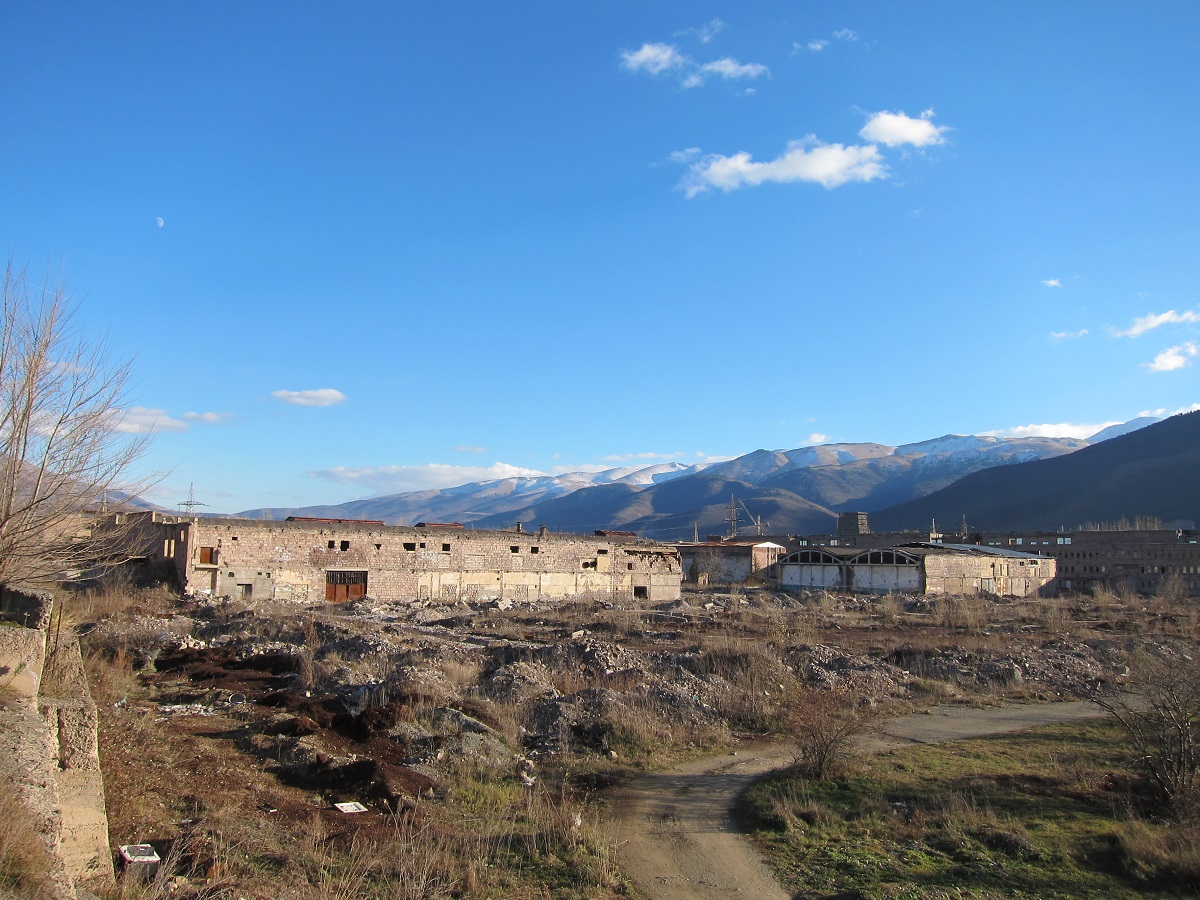
Artavtomatika factory is better known among the older generation of Kirovakan residents as the robot factory. The only thing people know about the factory was that it produced small desktop robots – even fewer people know that the devices produced here were connected to the defence industry.

The Thermal Power Centre started operating in 1962. Along with electric power, it provided hot water and steam to a number of industrial enterprises, as well as residential houses and apartments through the central heating system. The future of this adrift enterprise has yet to be decided.
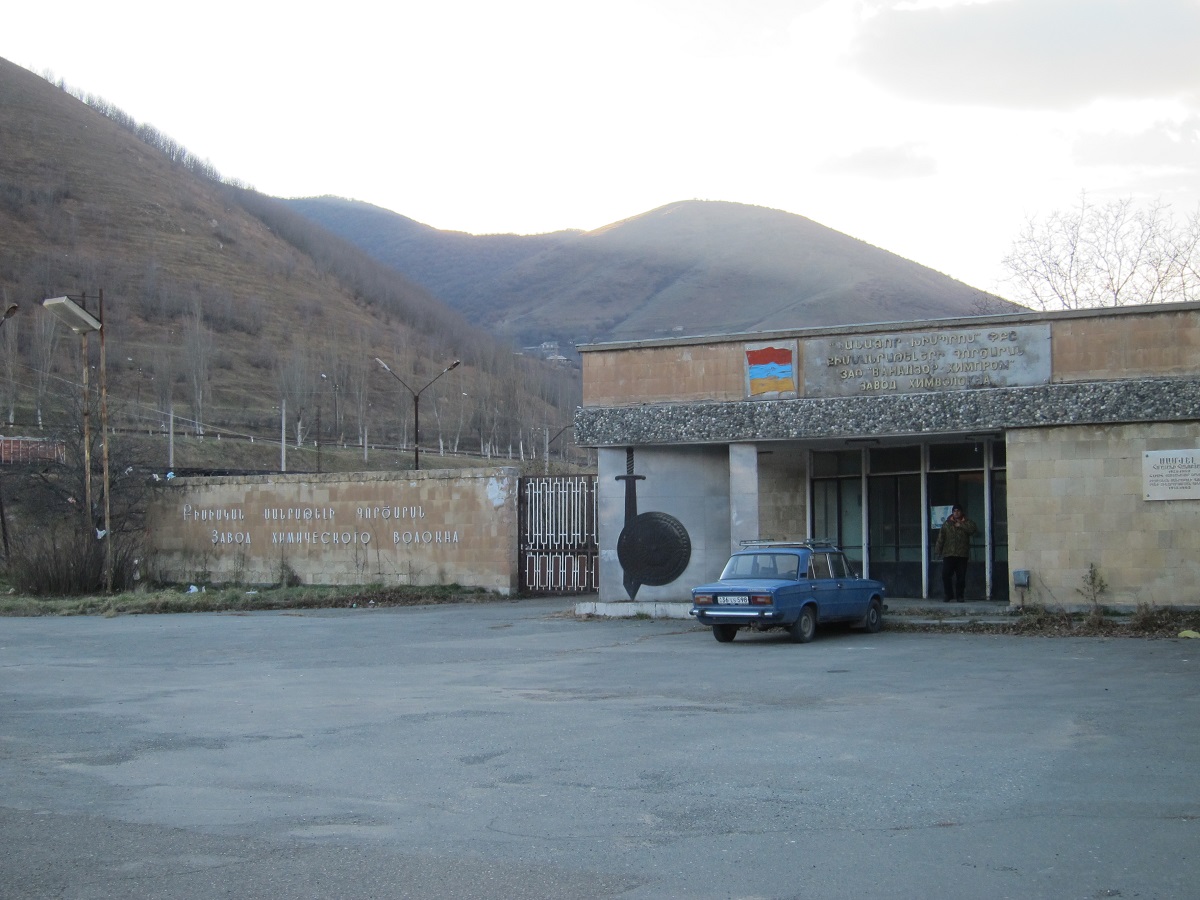
Since 1957, representatives of 13 nationalities were engaged in the construction of the Chemical Fiber Plant. It produced 13,586 tonnes of fiber and 7,000 tons of cigarette filter tapes per year. Currently it is not operating.

The Electron plant produced secret devices used in the defense industry. Kirovakan residents used to joke that: ‘We produce a sewing machine, but get a machine-gun.’
Chin-Van Ltd. was established on the grounds of the Electron plant. It produces tractors from Chinese spare parts. However, the production volume is relatively small.
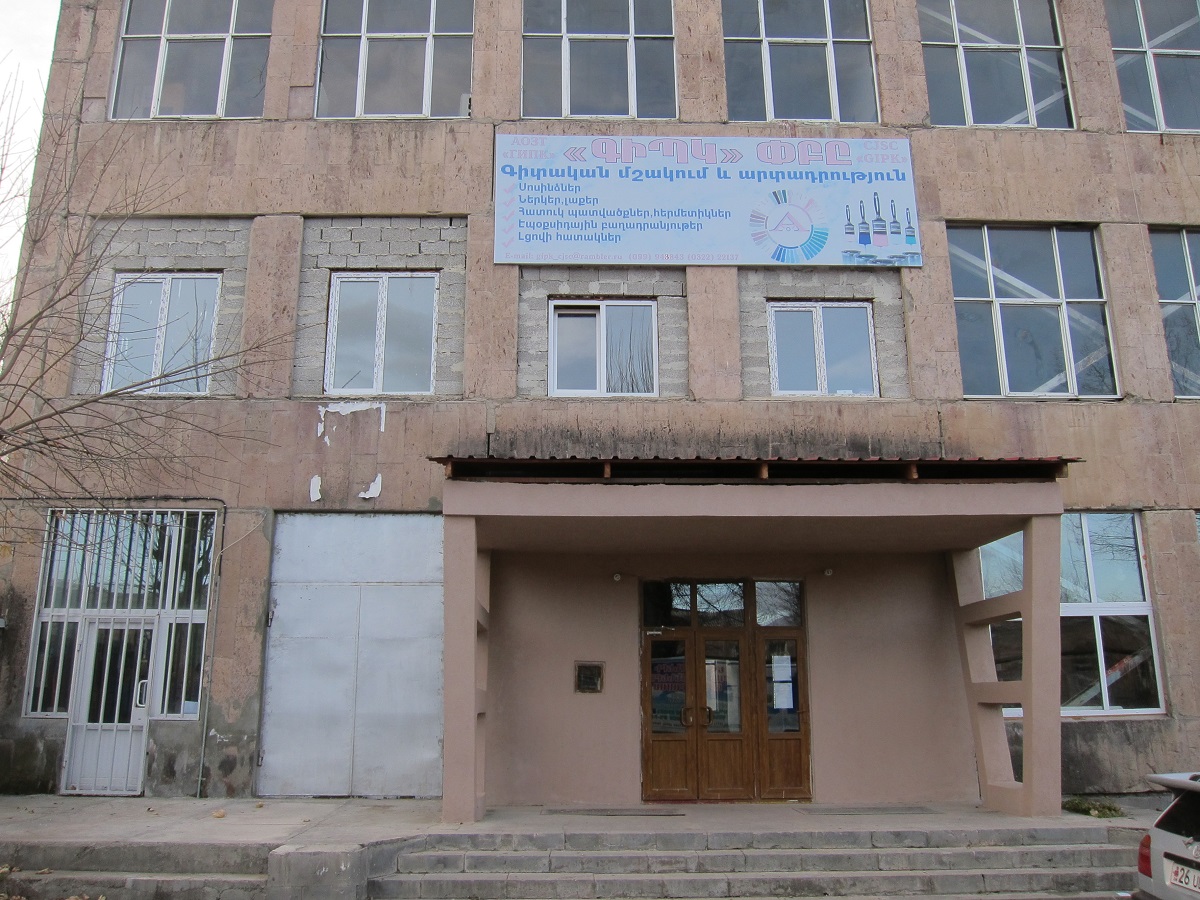
Experts say that the adhesive of the Polimersosindz (polymer adhesive) plant and dyeing materials were in high demand. In 1987, the plant manufactured 1950 tonnes of products. Currently, the production volume is incomparably small.
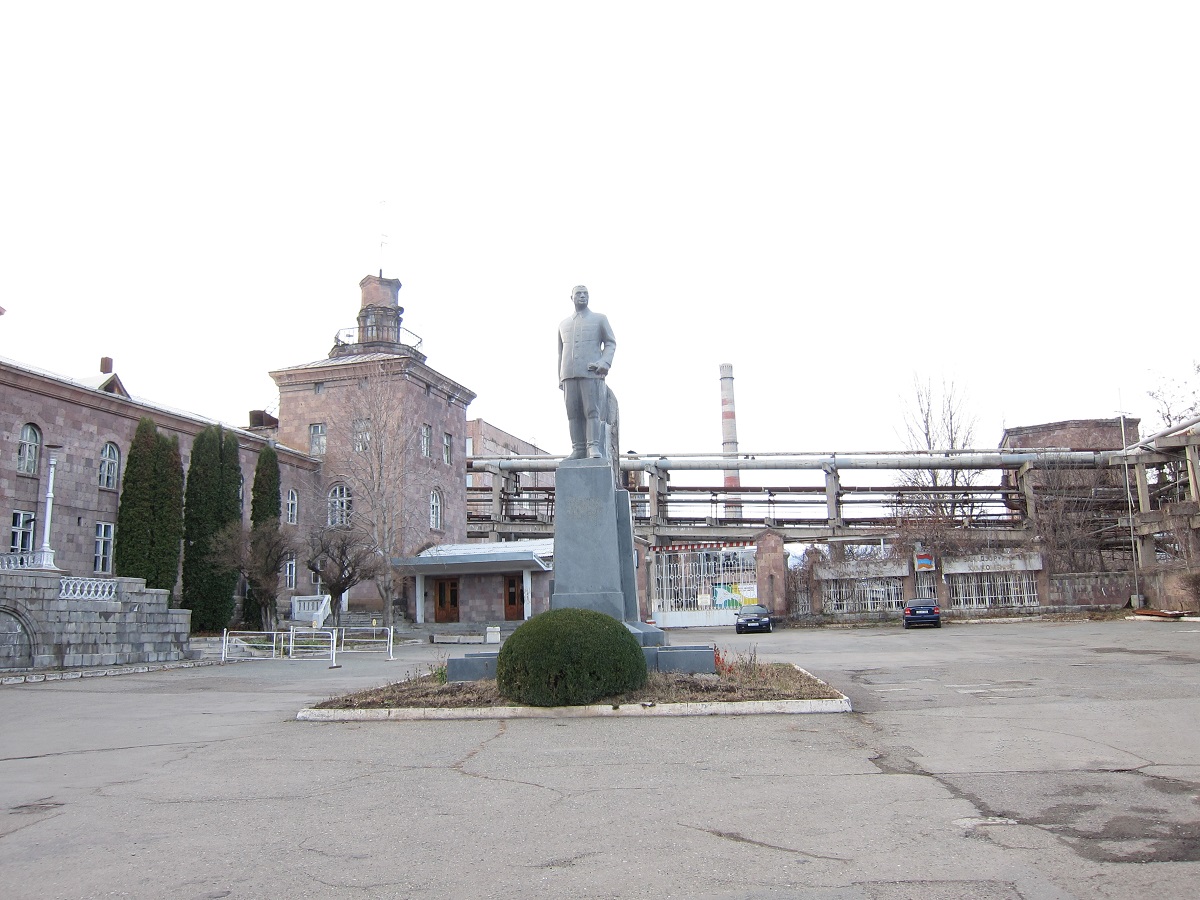
The Chemical Plant is the city’s first industrial enterprise and was established in 1929. The lime and nitrogen shop was put into operation first; later the corundum, urea, melamine etc. shops were also put into operation.
The construction of the Kirovakan chemical giant was finished in 1977. The plant temporarily stopped operating following the earthquake in 1988. It then resumed operation, but in smaller scale and with pauses. The plant is practically not operating now. Several thousand people were employed here in the past, whereas now, the number of employees makes about 200-300 people, who are mainly engaged in protection of the plant area and equipment.
In the final year of its intense activity, in 1987, the plant produced over 180,000 tonnes of fertilizers, 2,200 tonnes of ammonia, 34,660 tonnes of calcium carbide and 13,570 tonnes of melamine.

Fencing is all that remains from the Machine-Tool Plant. ‘Machine-Tool’ and ‘Avtogenmash’ turners constantly competed with each other, seeing who could better process parts. At that time they started producing laser machines. The plant’s products were awarded gold medals at the international fairs in Leipzig and Plovdiv, but the triumphant march was interrupted in 1988 following a collapse of the plant building as a result of the earthquake. There were many casualties.
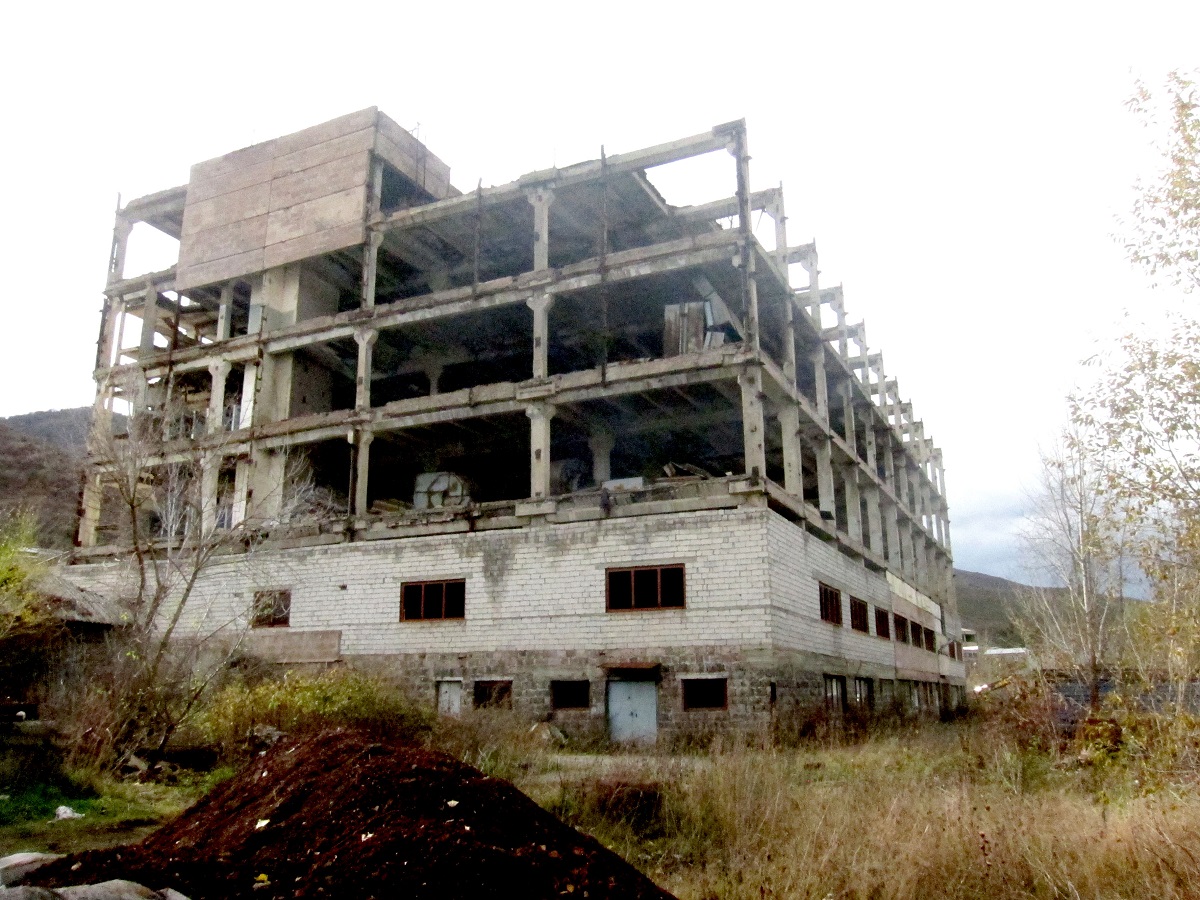
According to the locals, Kirovakan residents sometimes bought items in Leningrad and Moscow, only to find that they had bought Kirovakan-produced goods. The Knitting factory is one of the oldest buildings in the city. The building was built in 1921 and started operating with 5 machines and 92 workers. In 1980, the factory produced 50 designations of goods amounting to 70,000 psc.
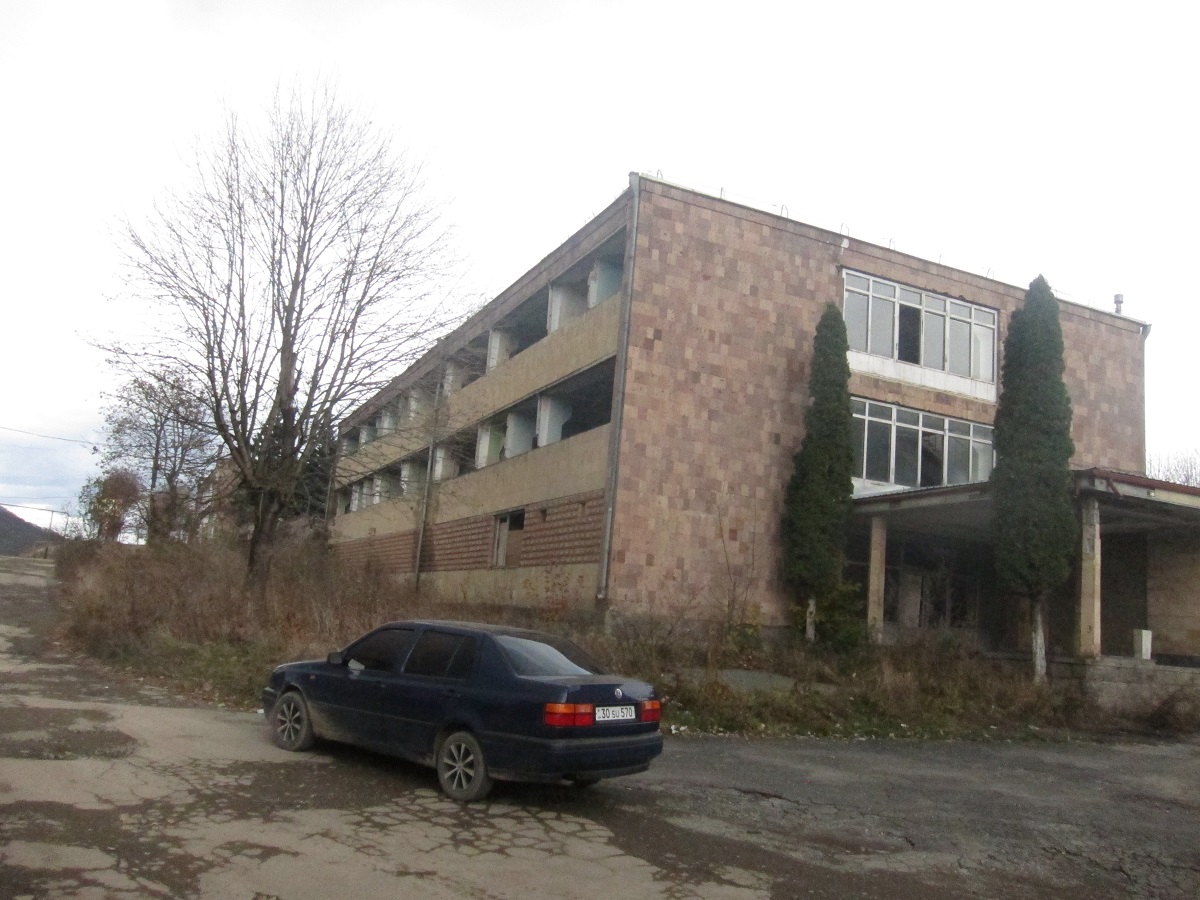
The Lighting Plant was known for its fluorescent and household lamps. It is said that chandeliers produced by this plant were regarded to be a good present for wedding.
According to the statistical data, less than 3,000 people are employed at Vanadzor’s industrial enterprises․



















